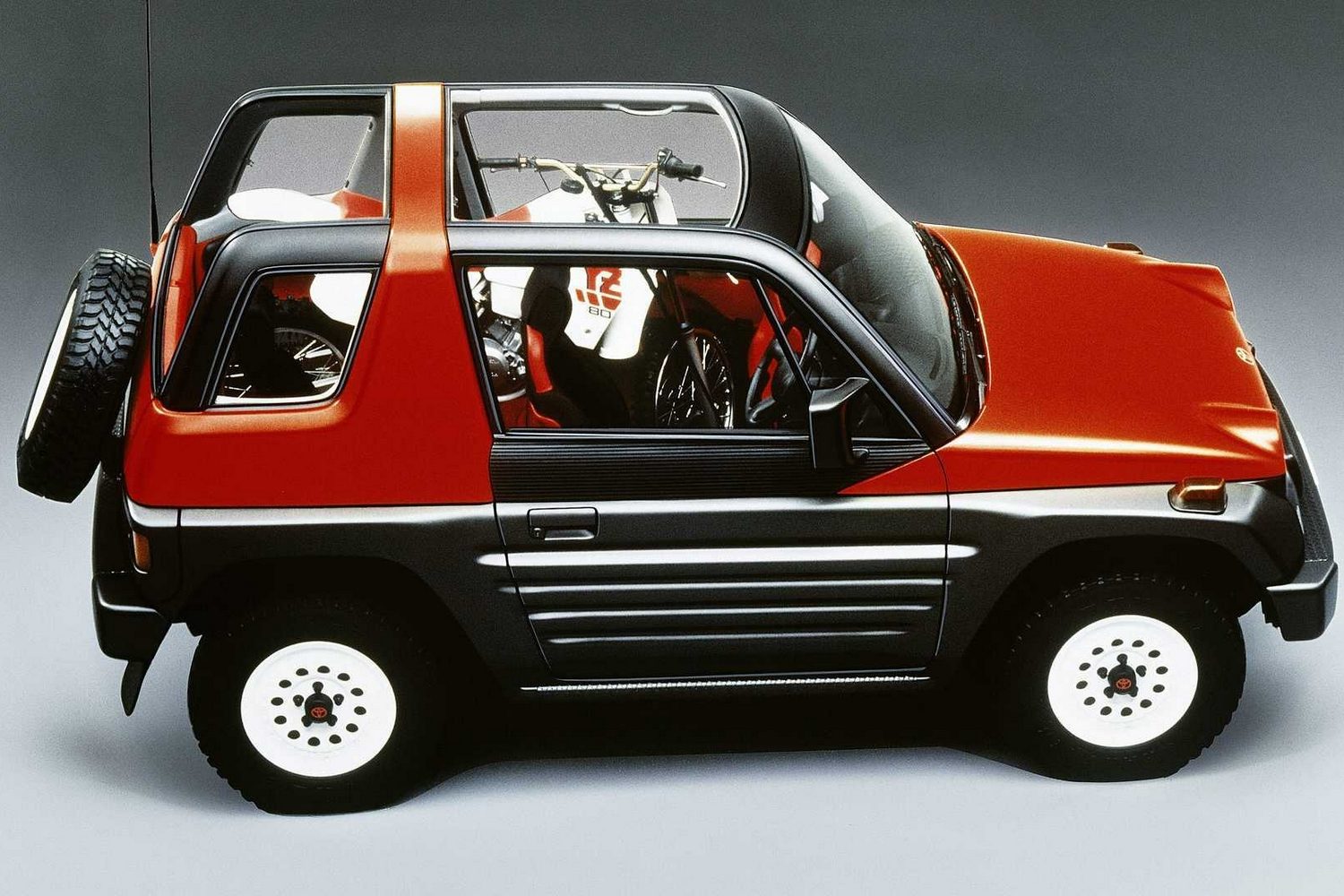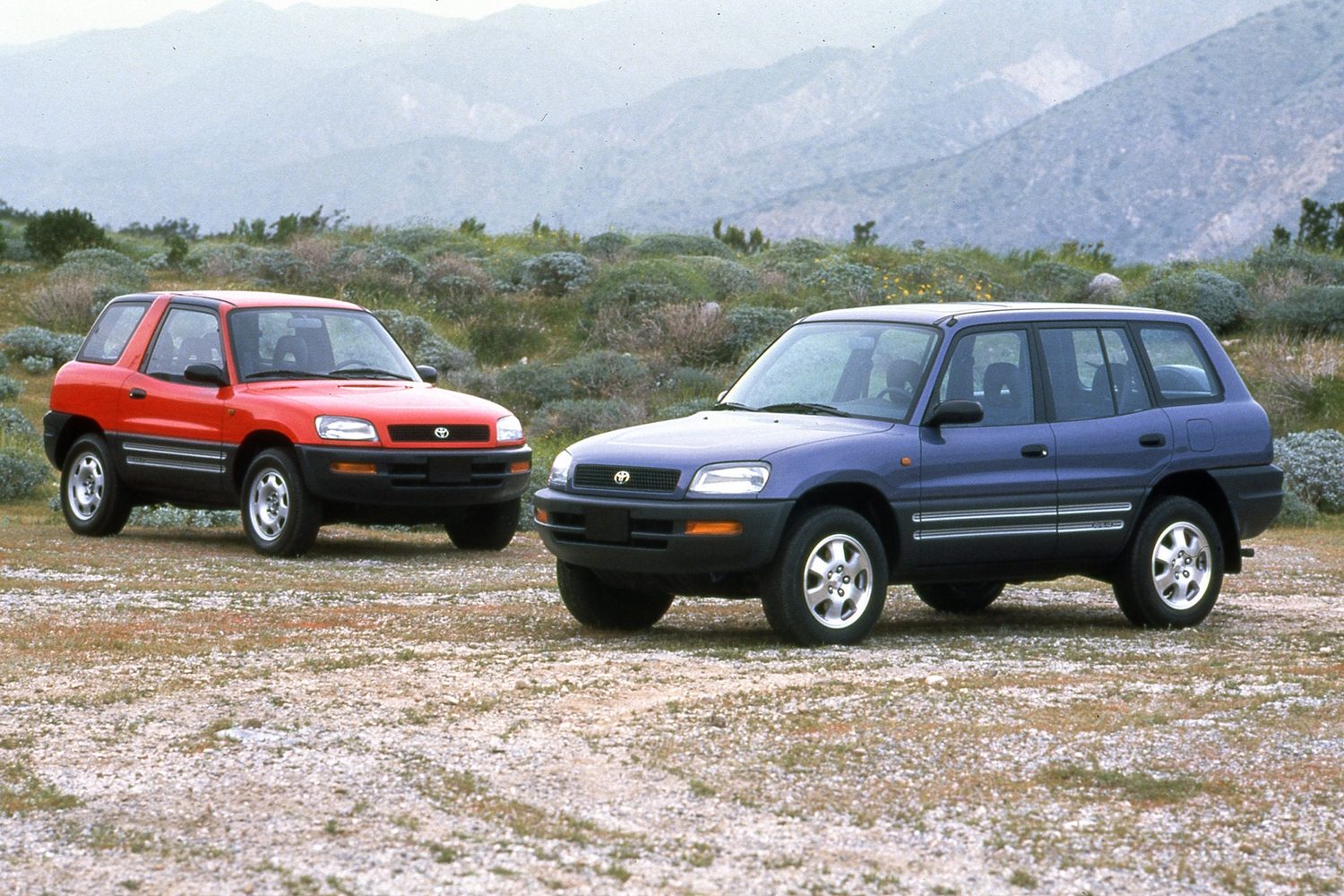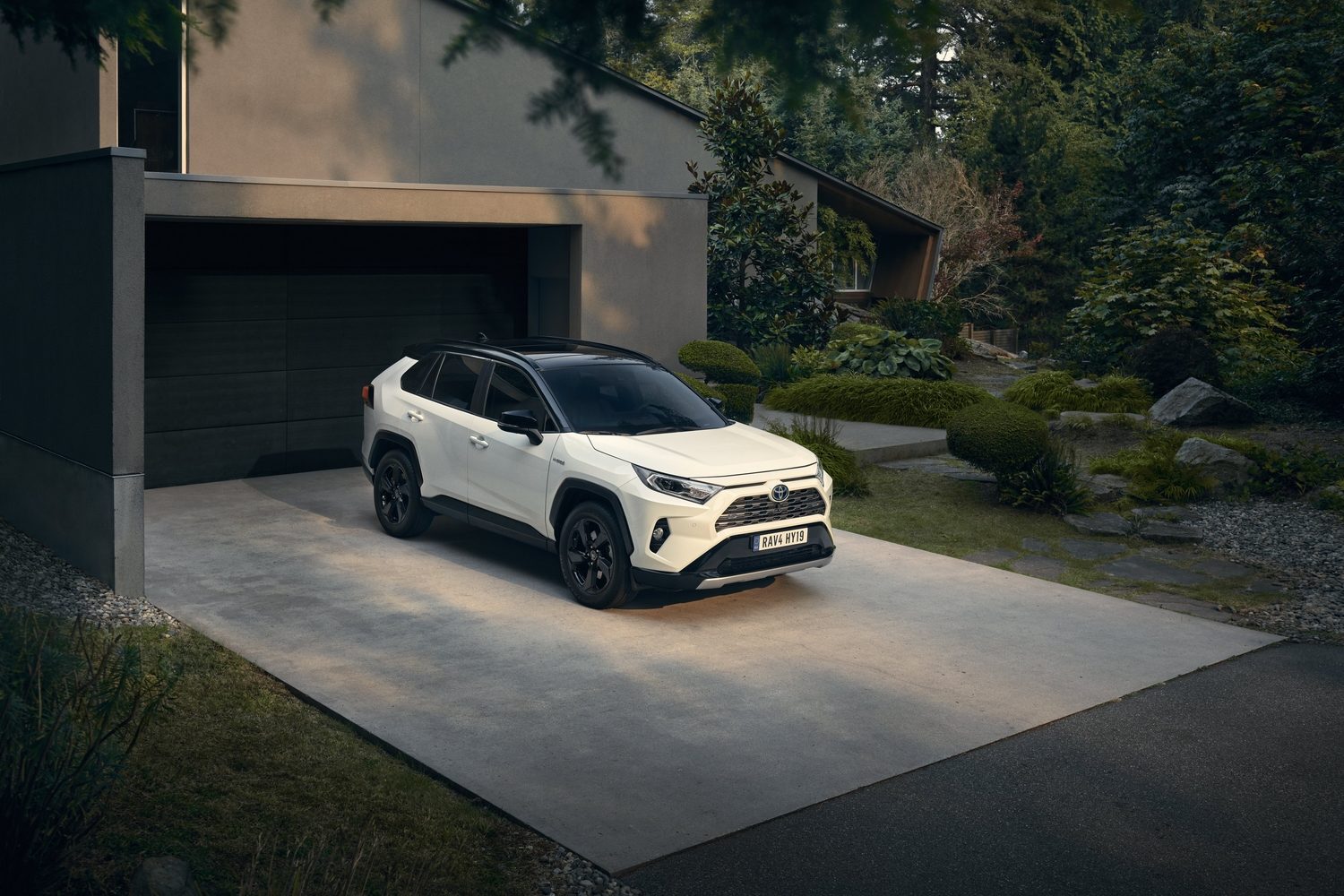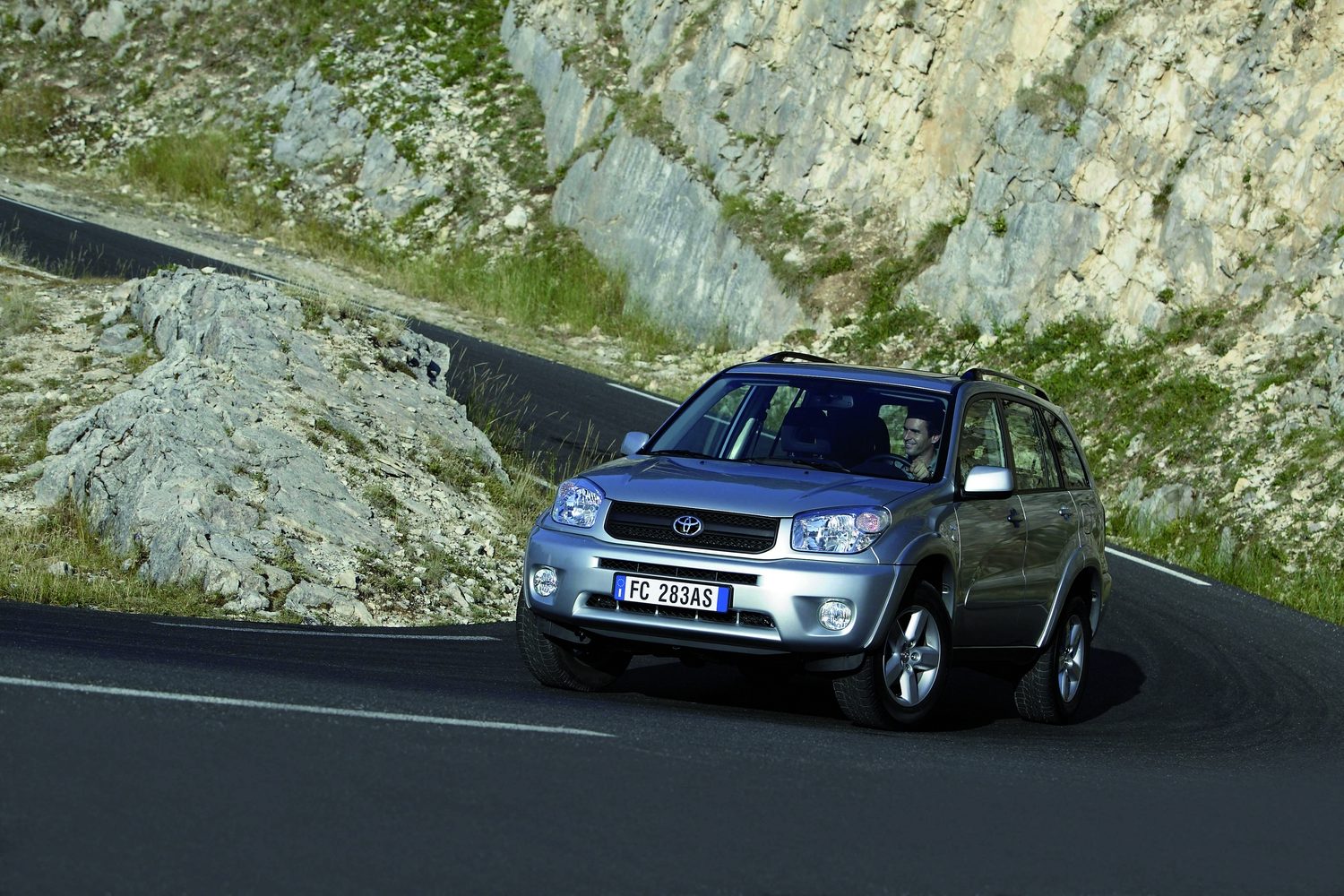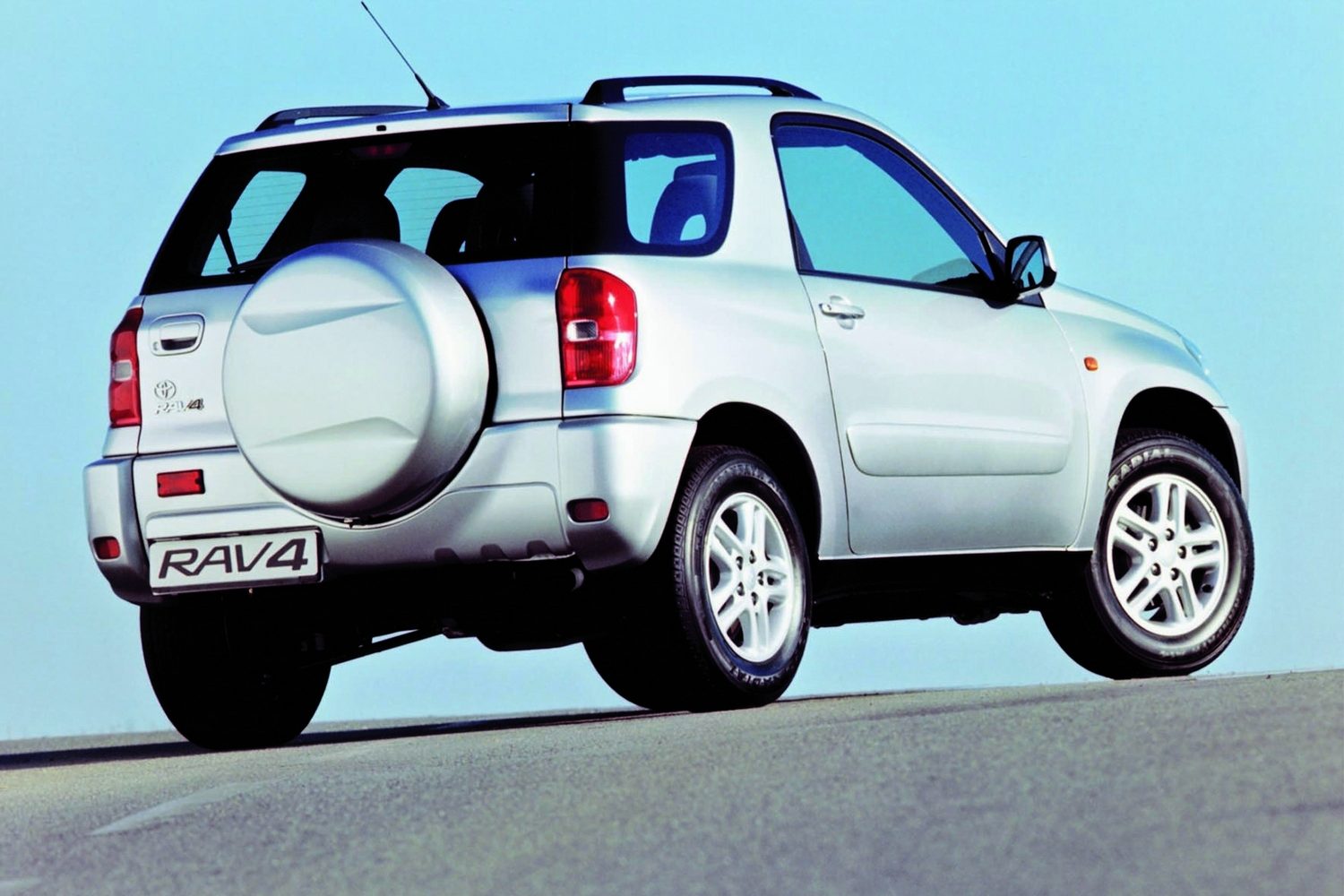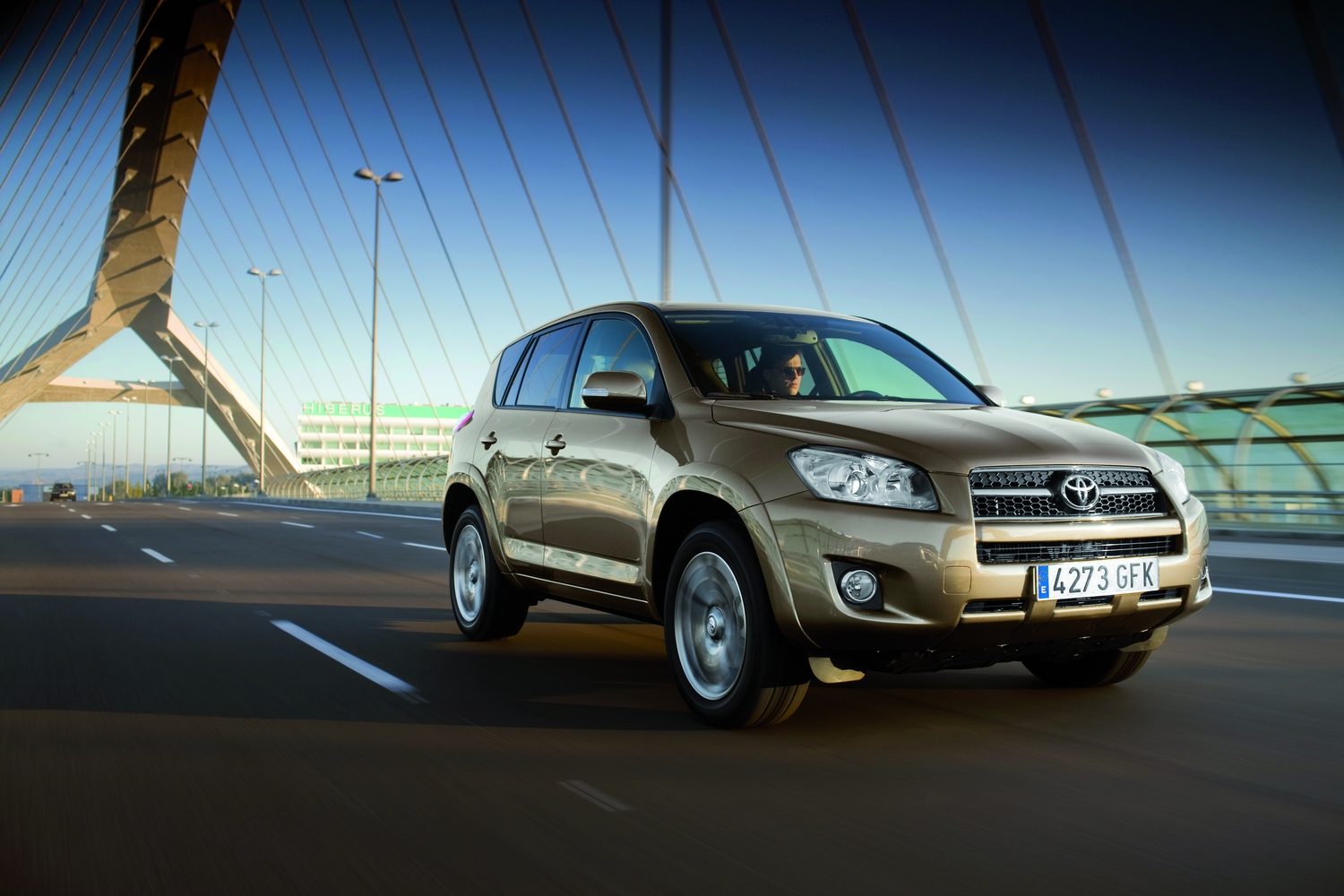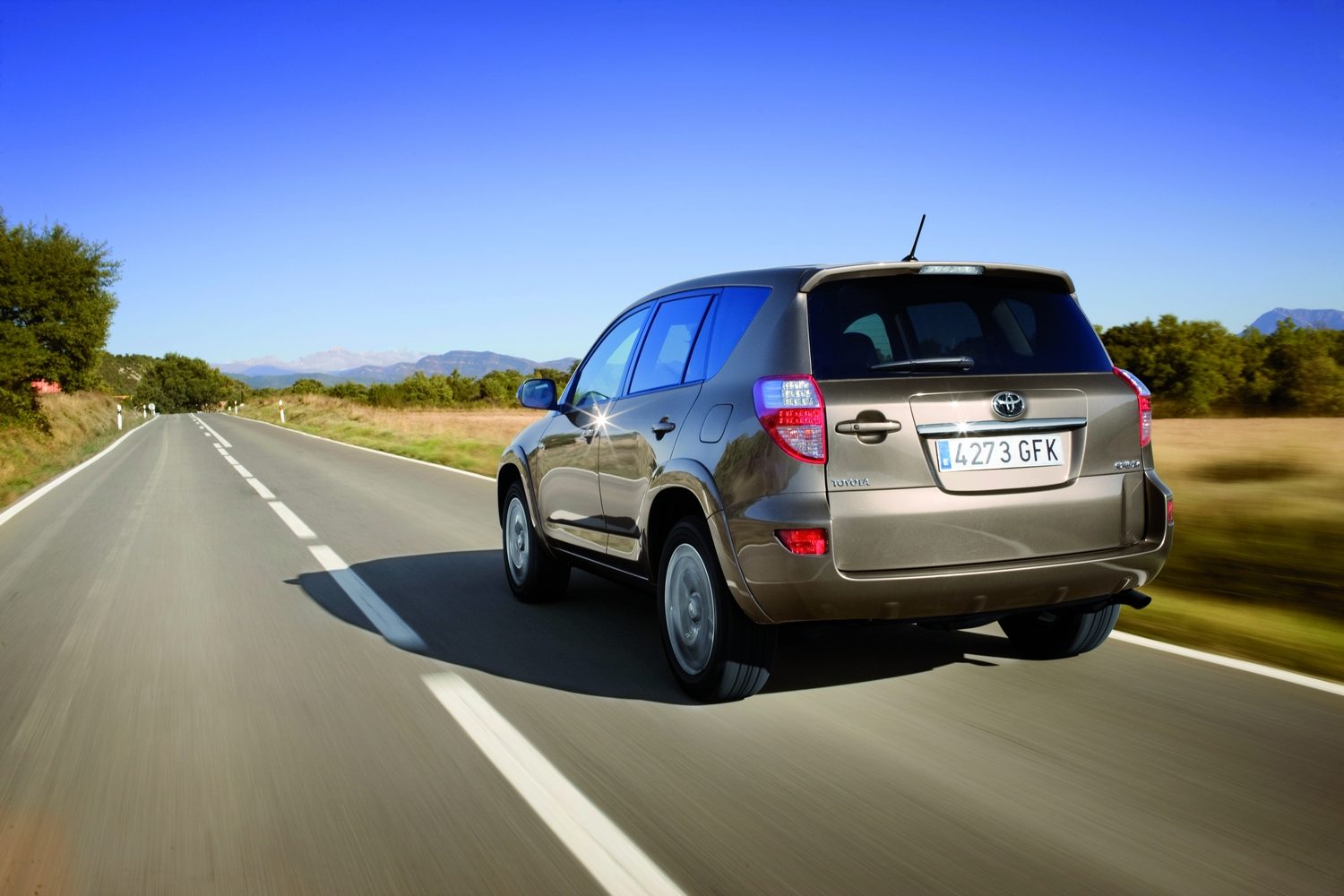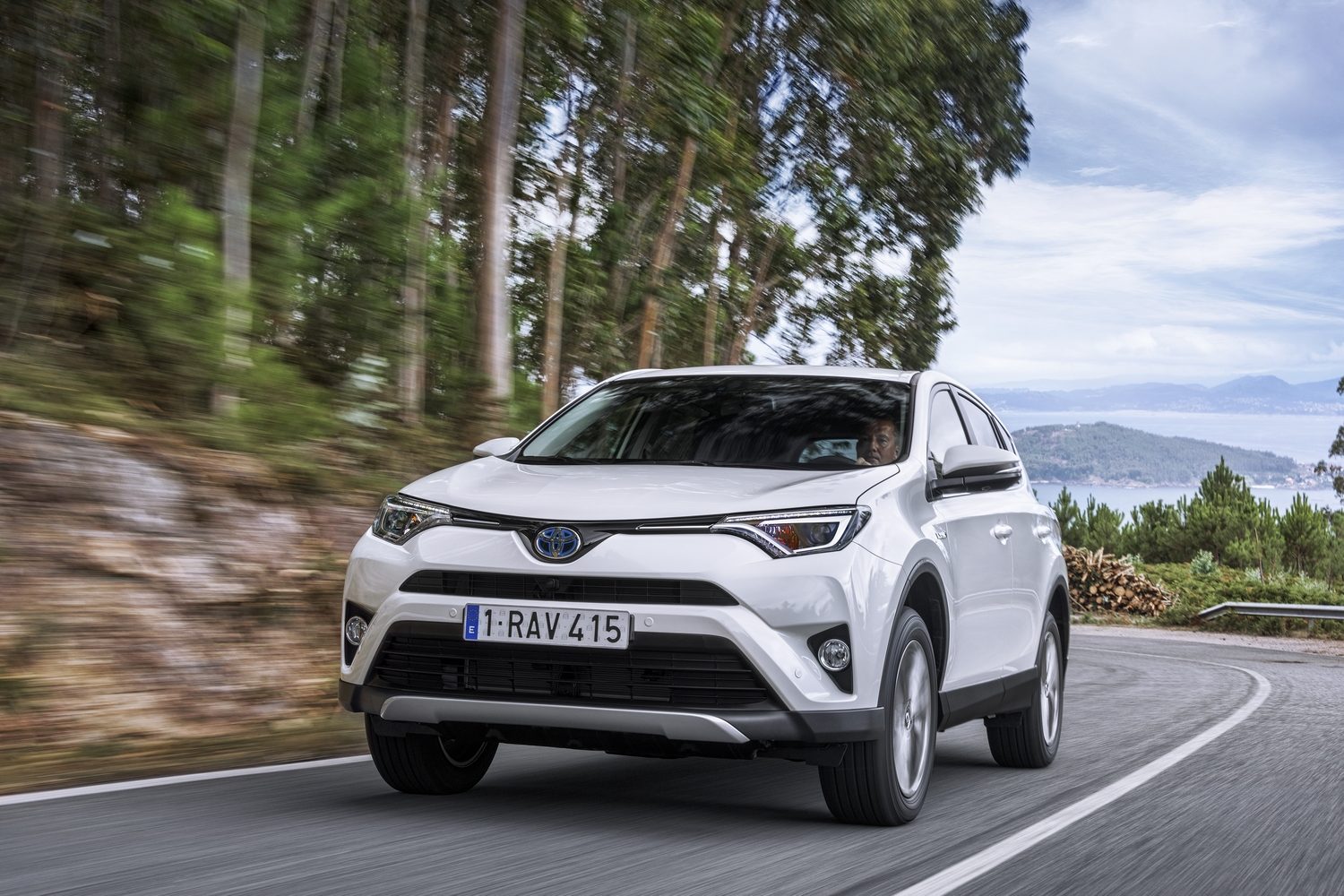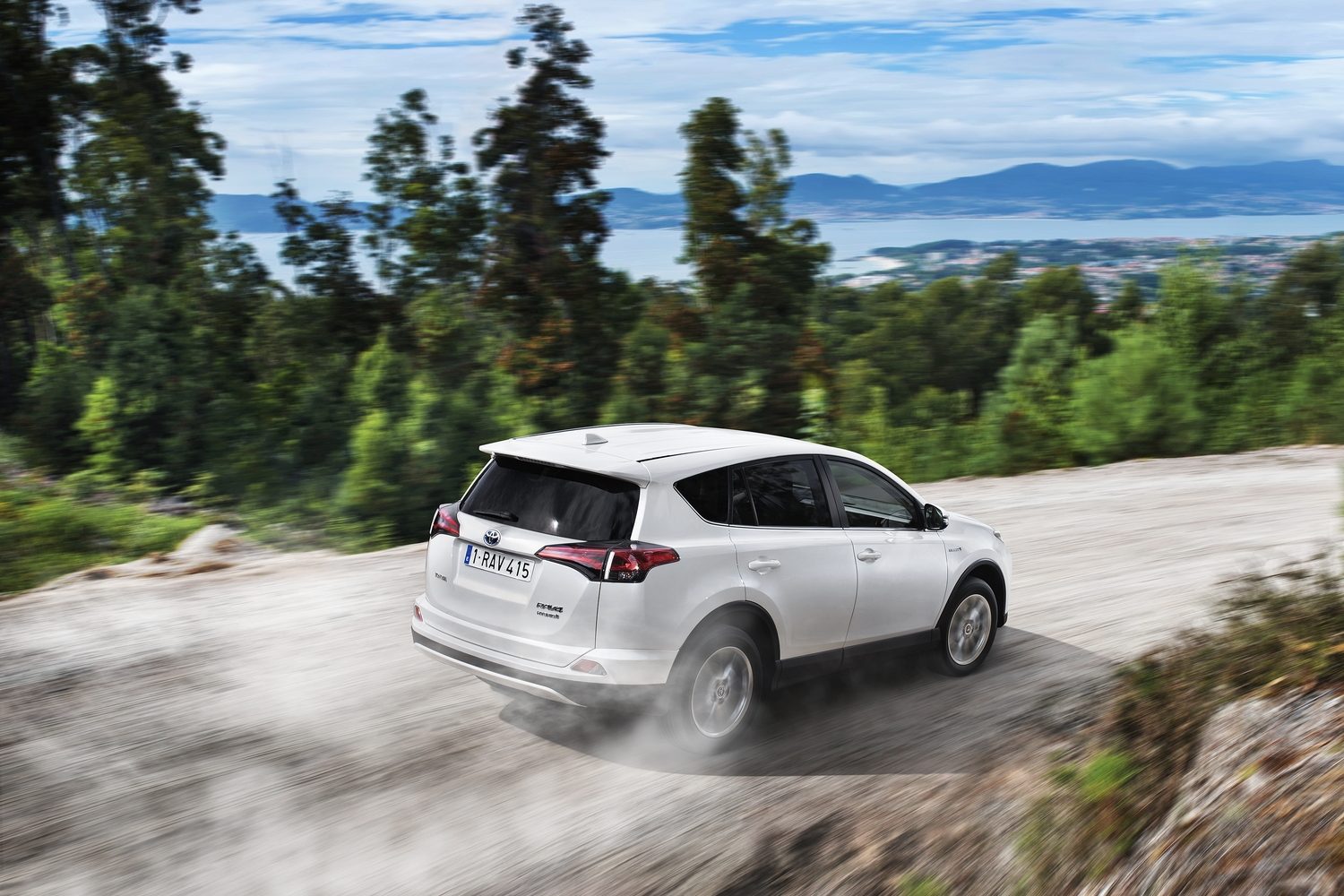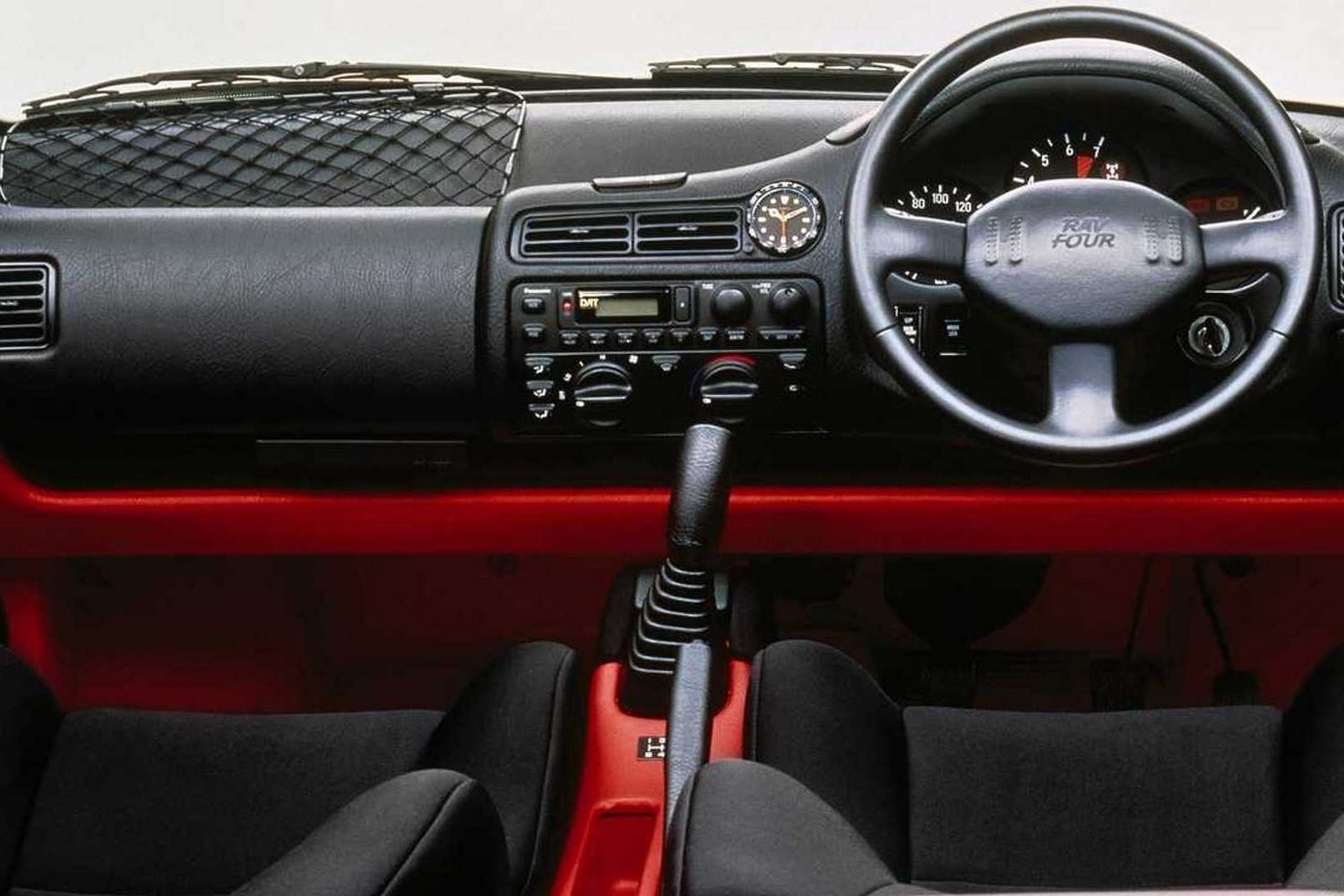We’ve seen lots of big car anniversaries lately. There’s one vehicular birthday, though, that potentially counts for more than the others. The 30th anniversary of a car that, genuinely, changed the motoring world and put us all onto a new path of car buying and owning. The Toyota RAV4 is turning 30.
It’s not that there hadn’t been so-called ‘soft-roaders’ before the RAV4 arrived. The original Range Rover, after all, dates from 1970 and although it could go off-road and plug-mud with the best of them, it was a major step in the direction of on-road comfort and style for a 4x4. Suzuki’s Vitara and Grand Vitara had also been around before the RAV4.
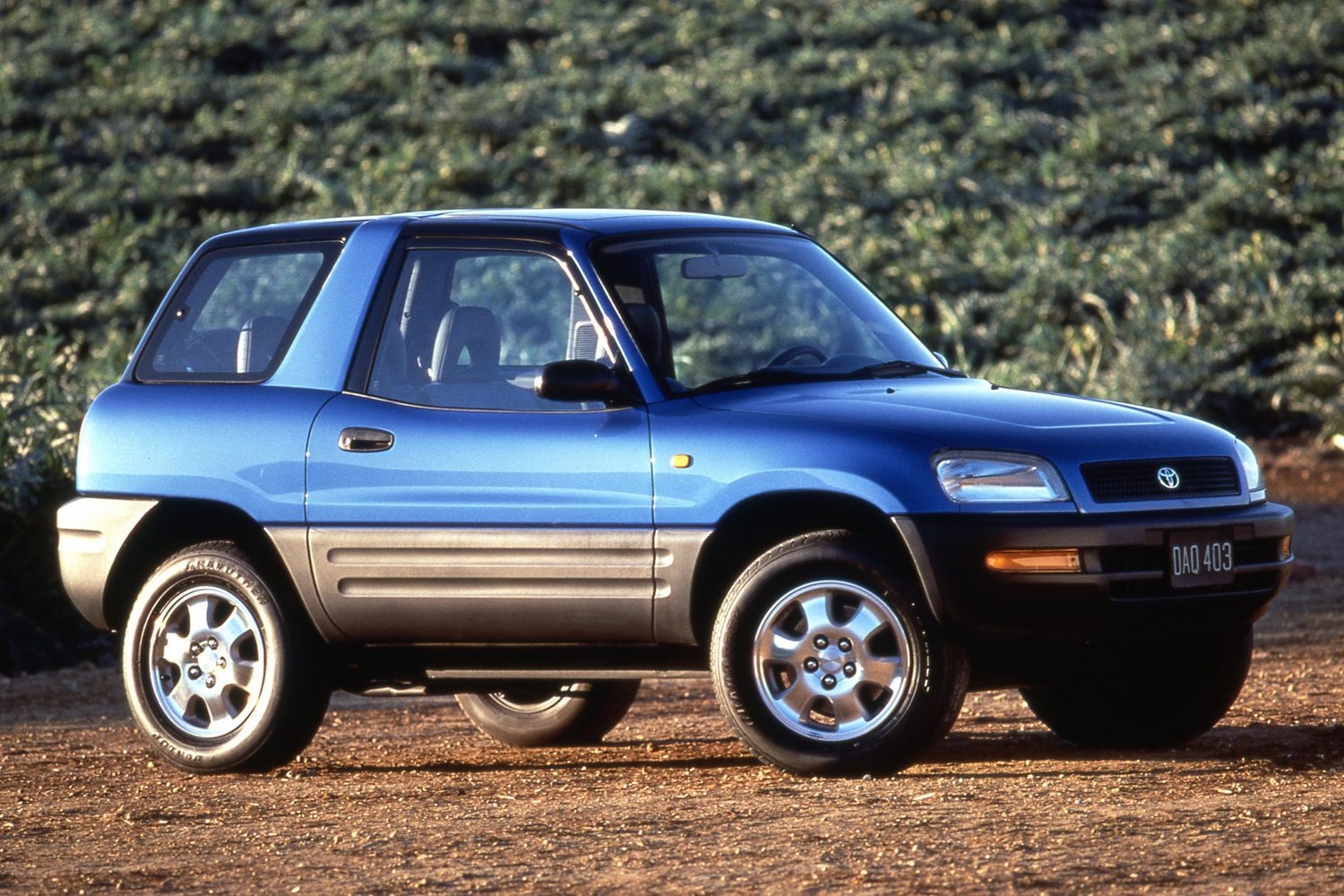
Three-door introduction
But it was Toyota’s compact 4x4 - don’t forget it was available only in three-door form initially - that really got the SUV and crossover revolution started. Toyota’s genius - and I don’t think that’s too strong a word in this regard - was to create a car that looked like a rugged 4x4 (albeit with softer edges and friendlier styling) with four-wheel drive and enough ground clearance to allow drivers to tackle the odd unmade road or grassy field, but which was genuinely as comfortable and refined on the road as a regular hatchback or saloon.
It was quick, too. That Mk1 RAV4 (the RAV bit stands for Recreational Active Vehicle, while the 4 stands for four-wheel drive), with the 2.0-litre petrol engine, could keep up with more than a few contemporary hot hatches in a straight-line sprint. That just wasn’t supposed to happen in a 4x4 at the time, and it’s a tradition that the current 306hp RAV4 Plug-in Hybrid continues today with its six-second 0-100km/h time.
A concept preview
While it was in 1994 that we saw the first showroom-bound RAV4 (it was the star of Toyota’s stand at the Geneva motor show that year) the development of the model dates back to 1989, when Toyota put together the ‘RAV-Four’ concept car for the Tokyo motor show.
The design of that original RAV-Four was built around what Toyota called “generous space within a compact, sporty and distinctive body design. This new vehicle type placed the driver in a raised seating position, bringing more of the road into view thereby generating a more confident, secure driving experience. Strong off-road capabilities should combine with performance and road comfort, whilst meeting the highest standards of safety and environmental performance.”
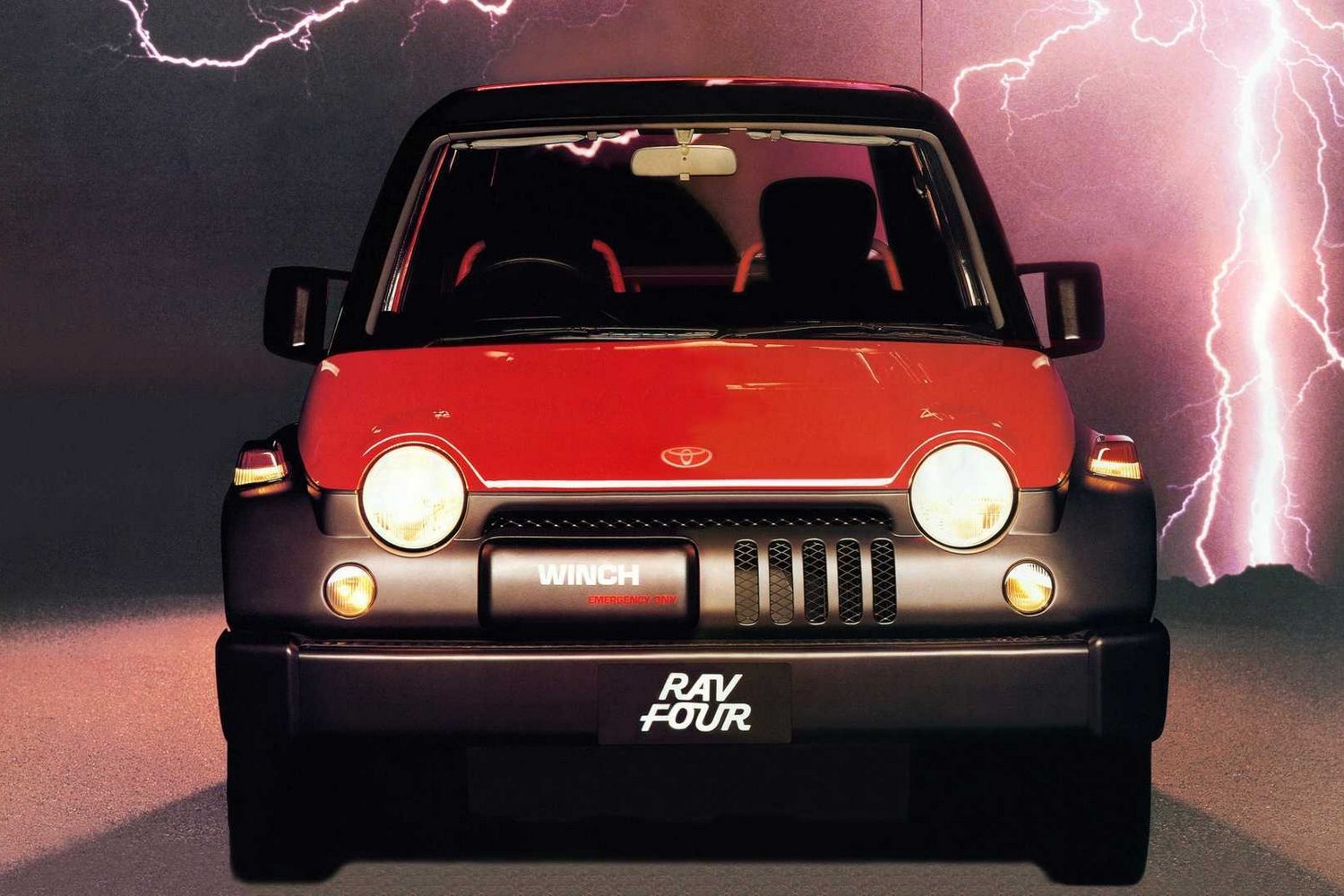
The production RAV4 that grew out of this original mission statement was a huge and instant success. Initially, it was available only as a three-door, and came with an optional convertible roof, ramping up its perfect-beach-vehicle vibe. By 1995, a five-door version was on sale, and that would quickly become the staple of the RAV4, with the three-door RAV4 only surviving into the more square-edged second-generation model that ran from 2000 to 2005.
It’s hard to believe it now, but that original three-door RAV4 was only 3.69 metres long, making it shorter than the current Toyota Yaris Cross. It came with a 129hp 2.0-litre petrol engine, which doesn’t sound like much today, but which was fairly racy for the time (don’t forget, a Golf GTI eight-valve at that stage had 115hp...).
Electric power
In 1997, in a bit of a far-sighted move, Toyota launched an electric RAV4. Not a mere experimental model, this battery-powered RAV4 (it had a mere 63hp and a range of about 200km on a really, really good day) was put briefly on sale in some key markets around the world. Wonder what would have happened had it stayed in production.
In 2000, the second generation RAV4 arrived, being slightly larger and roomier, but retaining cheeky styling and a spare wheel mounted to the boot door, as a proper 4x4 should. Just in case you doubted the RAV4’s genuine off-road prowess, it came as standard with a centre limited-slip differential in four-wheel-drive form, and there was an optional Torsten rear differential, too. The engine range expanded to 1.8 and 2.0-litre petrol options, and this RAV4 was the first to get diesel power, with a 2.0-litre 116hp engine going on sale in 2001.
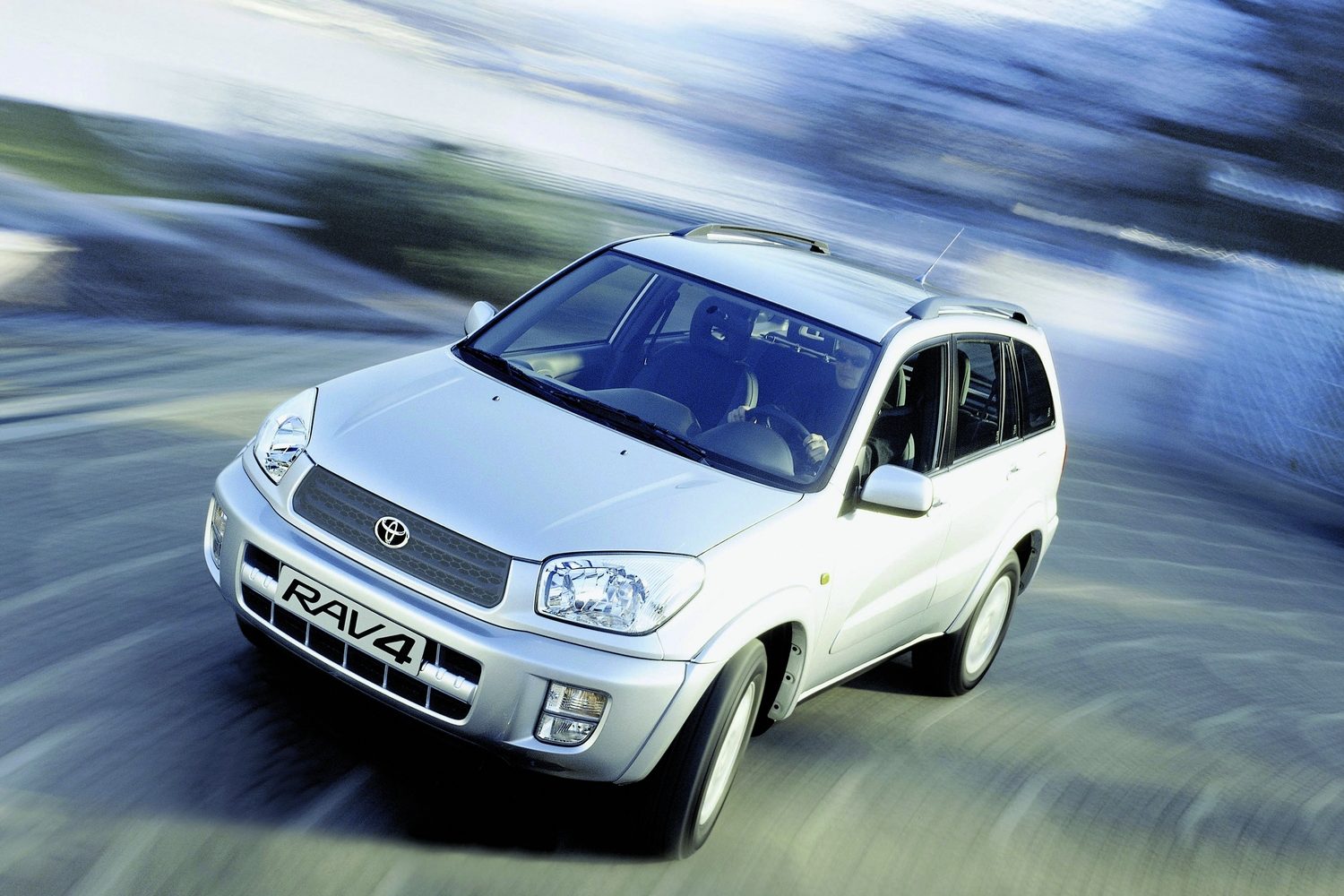
In 2006, the RAV4 really changed. Gone was the three-door model, and in came entirely new styling, a new platform and a body that was a full 19cm longer than the previous model, opening up unheard-of cabin and boot space for a RAV4, and really moving it up a class in size terms. This third-generation RAV4 was much more sophisticated, with electronic control for its four-wheel-drive system, and clever Downhill Assist Control for negotiating slippery descents when off-road. It also became the first six-cylinder RAV4, with a 3.5-litre engine option for some markets (mostly the US, where the model was by now a huge seller).
Fourth-gen grows significantly
The fourth-generation model was even bigger, growing by a full 23cm, making for a boot that was half again as large as that of the previous car. The RAV4’s style also evolved, becoming smoother and more MPV-like. Most significantly of all, though, this was the first RAV4 to get hybrid power, gaining a 2.5-litre ‘Atkinson-cycle’ petrol engine with a battery and electric motor, giving it impressive urban fuel economy.

In 2018, though, the RAV4 had its biggest change to date. All through the earlier models, the emphasis was on friendly styling and fun. The fifth-generation RAV4 was more serious, getting blockier, squarer-edged styling and become more closely aligned with the big, rugged Toyota Land Cruiser. The cabin gained big, rubberised controls for an even more rugged feel, and now all of its power came from hybrid powertrains - either with front-wheel drive, or optional four-wheel drive with a rear-mounted electric motor.
Powerful PHEV option
The RAV4 also gained, for the first time, a plug-in hybrid model which has genuinely bewitching performance. It can mix the thrust of 306hp and four-wheel drive with 75km of electric-only range when you plug it in and charge up the on-board battery, and yet can provide genuinely diesel-like fuel economy when you’re on a long run with a drained battery.
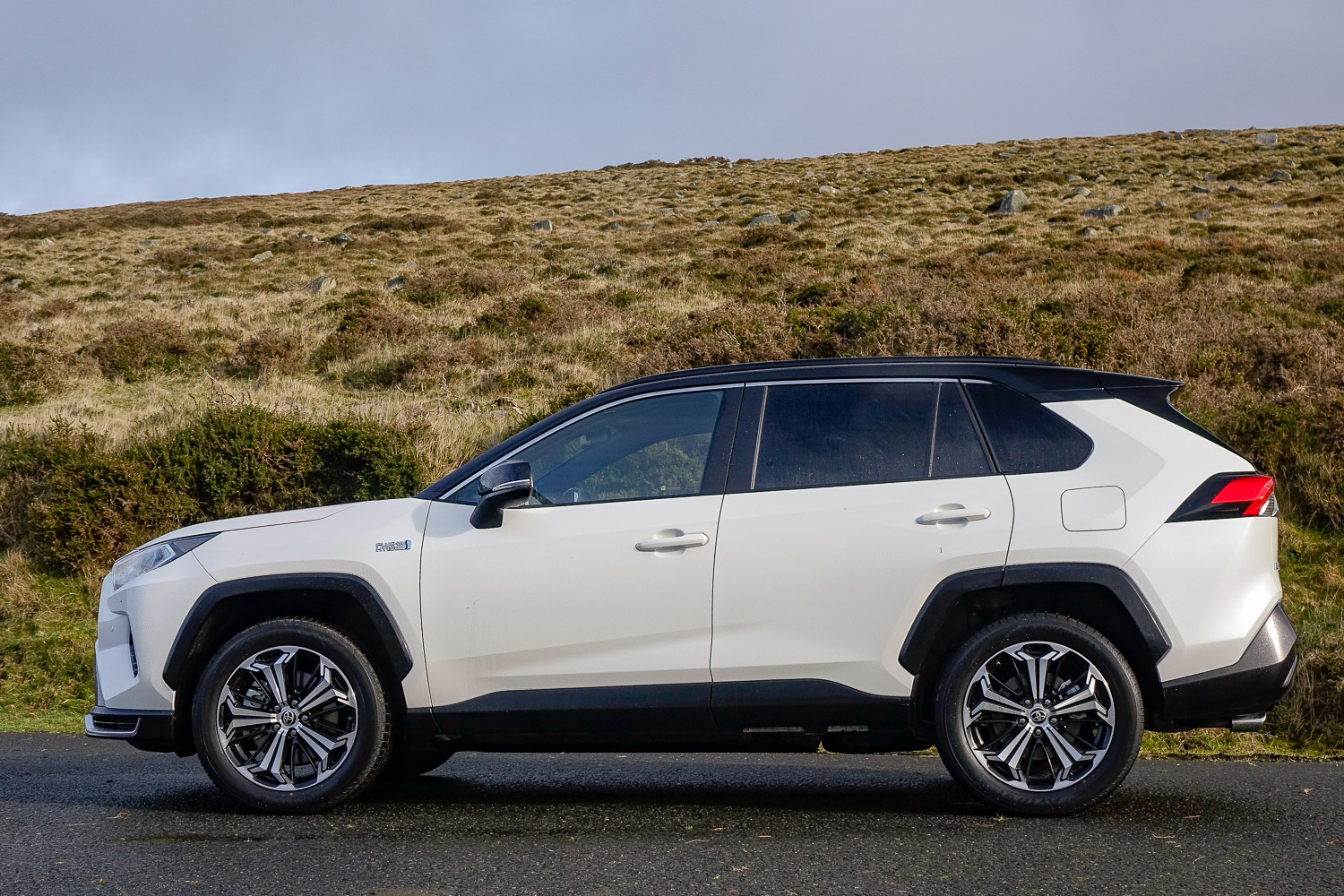
There’s also now a sporty RAV4, the GR Sport model which comes with 19-inch alloy wheels and retuned suspension, including new stiffer springs and shock absorber settings, giving it some of the hot-hatch-slaying feel of that 30-year-old original.
Cars that stick around tend to wax and wane in popularity. Yet the RAV4 has been wildly popular since that far-off 1994 launch and is showing no signs of slowing down. Indeed, it’s currently the fourth-best-selling car in Ireland, proving that popularity can endure for 30 years or more.
Happy birthday, RAV4.

